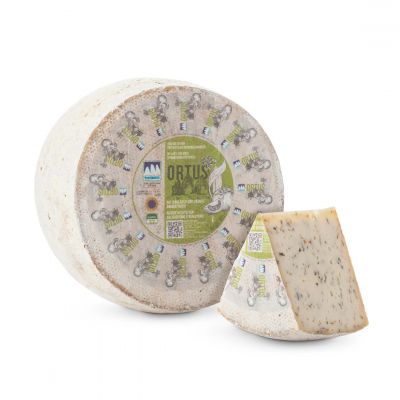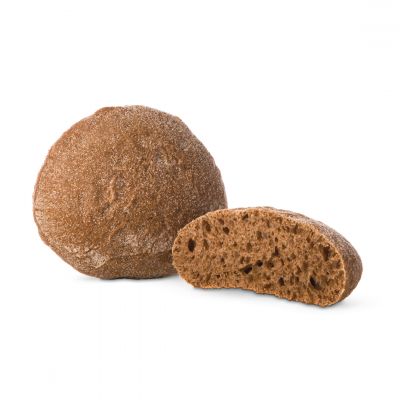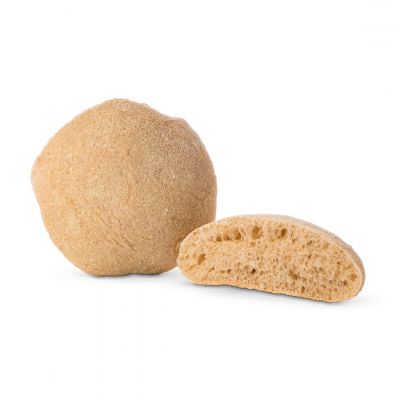Panciotto by Antonio Follador is the bakery product to which we dedicate a special attention in this issue, also with a small analysis on costs
⏱ 4 MINUTES READING
IN THE OVEN: PANCIOTTO
The protagonist in this issue is the Panciotto, a bun that Antonio Follador offers us in two variants: Bianco (white), based on organic flours type "1" and "2" from Veneto and Friuli, and Moro (brown), produced with the same flours but enriched with toasted barley and fragmented wheat that give it a whole-grain look. Light, crunchy on the outside and soft on the inside.
It seems the description of a fresh bread, but we are talking about a partially cooked product, to be kept in the fridge and regenerated in the oven before serving.
Compared to fresh bread, it has a shelf life of 30 days from the date of production so it is possible to keep a sufficient quantity in stock to manage work flows heavier than expected.
If we want to compare it with a frozen product, on the other hand, the battle shifts to the times: regeneration is fast so it can be considered ready to use, also earning points in consistency and fragrance.
Regeneration is quite quick, just put the bun on a rack and bake in a convection oven at 200 ° C for a maximum of 6 minutes. To obtain a lower crunchiness, simply shorten the time in the oven. Et voila!
Now just need to cut and fill. In this regard, for many is still necessary to continue in the direction of the improvement of the takeaway proposals and this bread proves to be particularly suitable because it absorbs the juices very well, allowing the filling not to slip out of the bun.
A good solution also for all those who offers "street-food" style dishes to be tasted by sinking fingers and teeth into the bread.
FOOD COST: WHAT IS IT?
Why are we talking about food cost? Because we believe it may be useful to refresh our memory in relation to this matter, because it is a useful tool in the management of a restaurant as it allows to evaluate the economic sustainability of menu choices and to make appropriate considerations on the composition of some recipes.
Food Cost is the cost of the raw materials needed to make a recipe.
When a new dish is added to the menu, the definition of its price depends on various expense items, including variable but also fixed costs.
All these items must be well balanced and among these, the cost of the raw material should remain within a certain percentage to be economically sustainable, generally at around 30% of the final price.
To make sure of this proportion there is precisely the food cost tool which consists in listing all the raw materials used in the creation of a dish together with the weights and the related cost.
The sum of all these costs should be about 1/3 of the selling price.
To deepen the topic, we asked Antonio and his staff to help us. We went at Lo Spaccio in Pordenone where takes place the production but where it is also possible to buy pizzas, focaccias and stuffed sandwiches, made in the adjacent kitchen.
The precious advice they give us for the waistcoat is to choose a single main ingredient for the filling to be combined with other minor but voluminous ones, such as vegetables, so as to reduce the total cost!
Below we present some proposals from their cuisine that we particularly liked!
PANCIOTTO MORO CON WITH COOKED SHOULDER, SAUTÉED VEGETABLES, AGRETTI AND SAUCE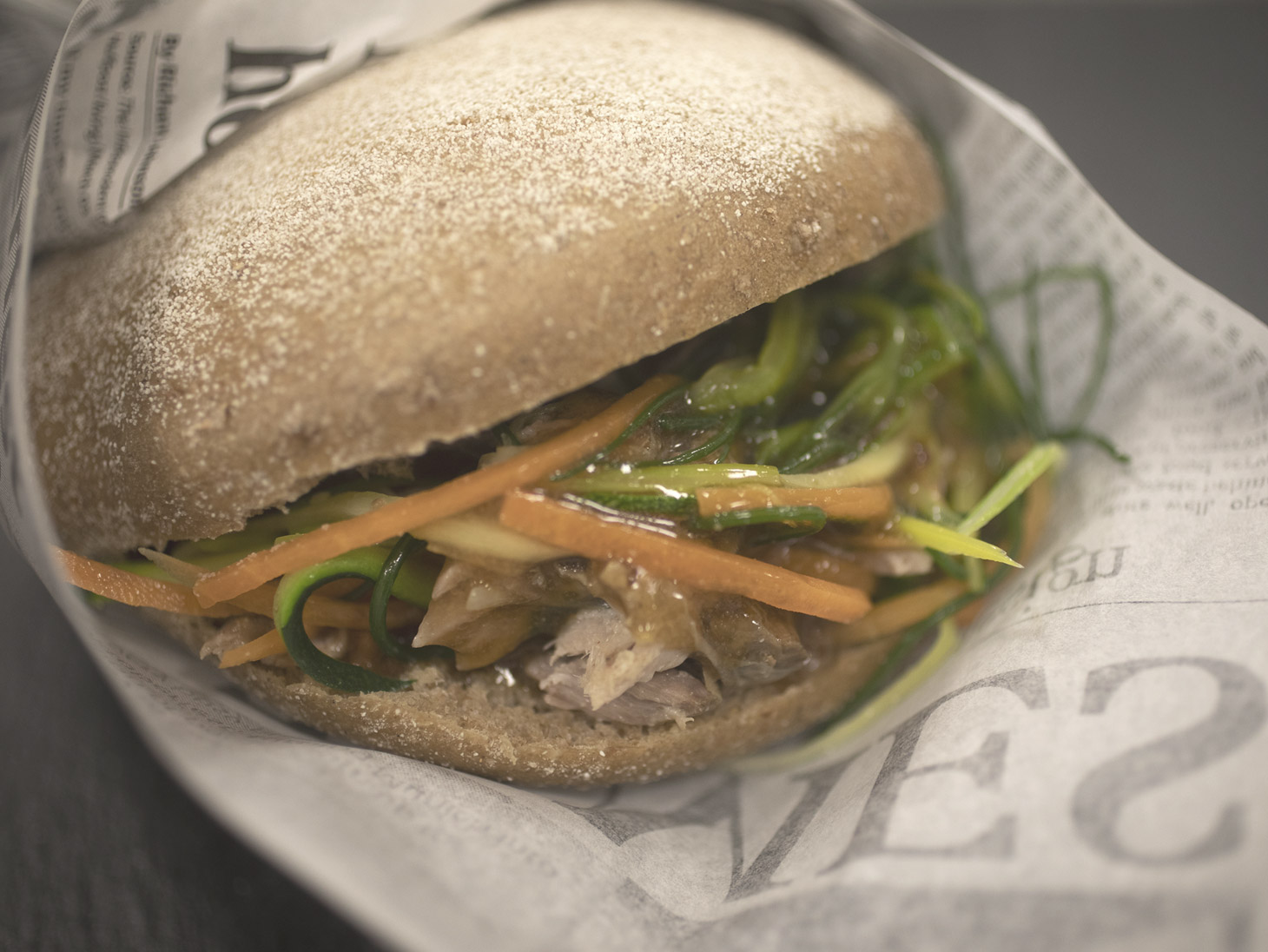
Pork shoulder marinated, smoked, vacuum-cooked and shredded. The brown stock obtained from cooking was reduced to obtain a sauce. The vegetable mix consisting of carrots, courgettes and leeks was sautéed, as were the agretti (salsola soda).
The previously regenerated Panciotto was cut as a pocket, filled with the ingredients and finally enriched with a pour of sauce.
PANCIOTTO MORO WITH HEIFER BURGER, ORTUS AND POACHED EGG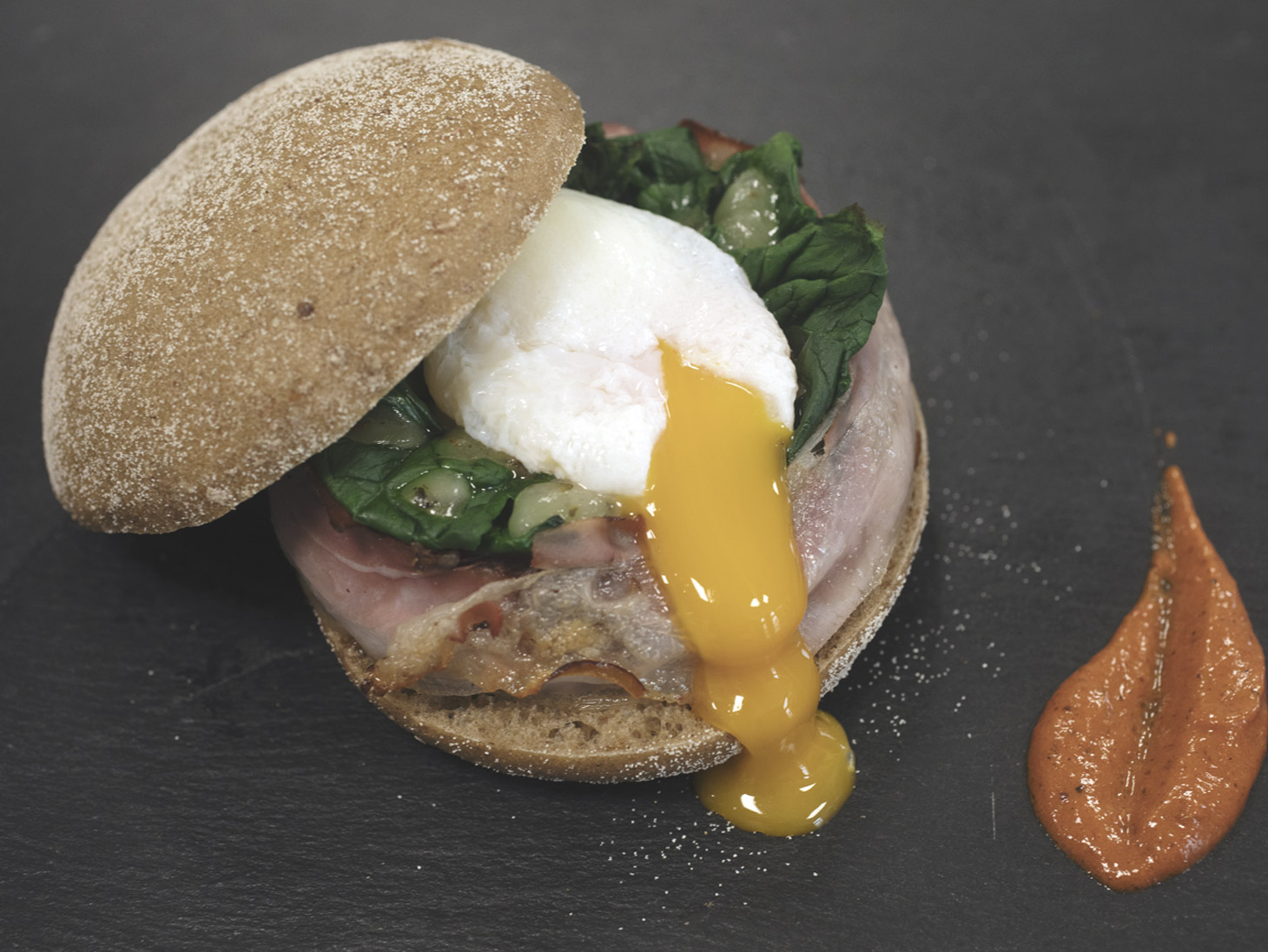
The hifer burger by Le Capanne was seared, then wrapped in pancetta and stuffed with raw spinach and Ortus cheese cubes. The previously regenerated bun was cut along its entire length, then filled with the hamburger.
After a couple of minutes in the oven, the steamed egg is added to the sandwich which breaking it creates an irresistible cream.
PANCIOTTO MORO WITH SAUTÉED VEGETABLES, SMOKED BURRATA AND PEPPER CREAM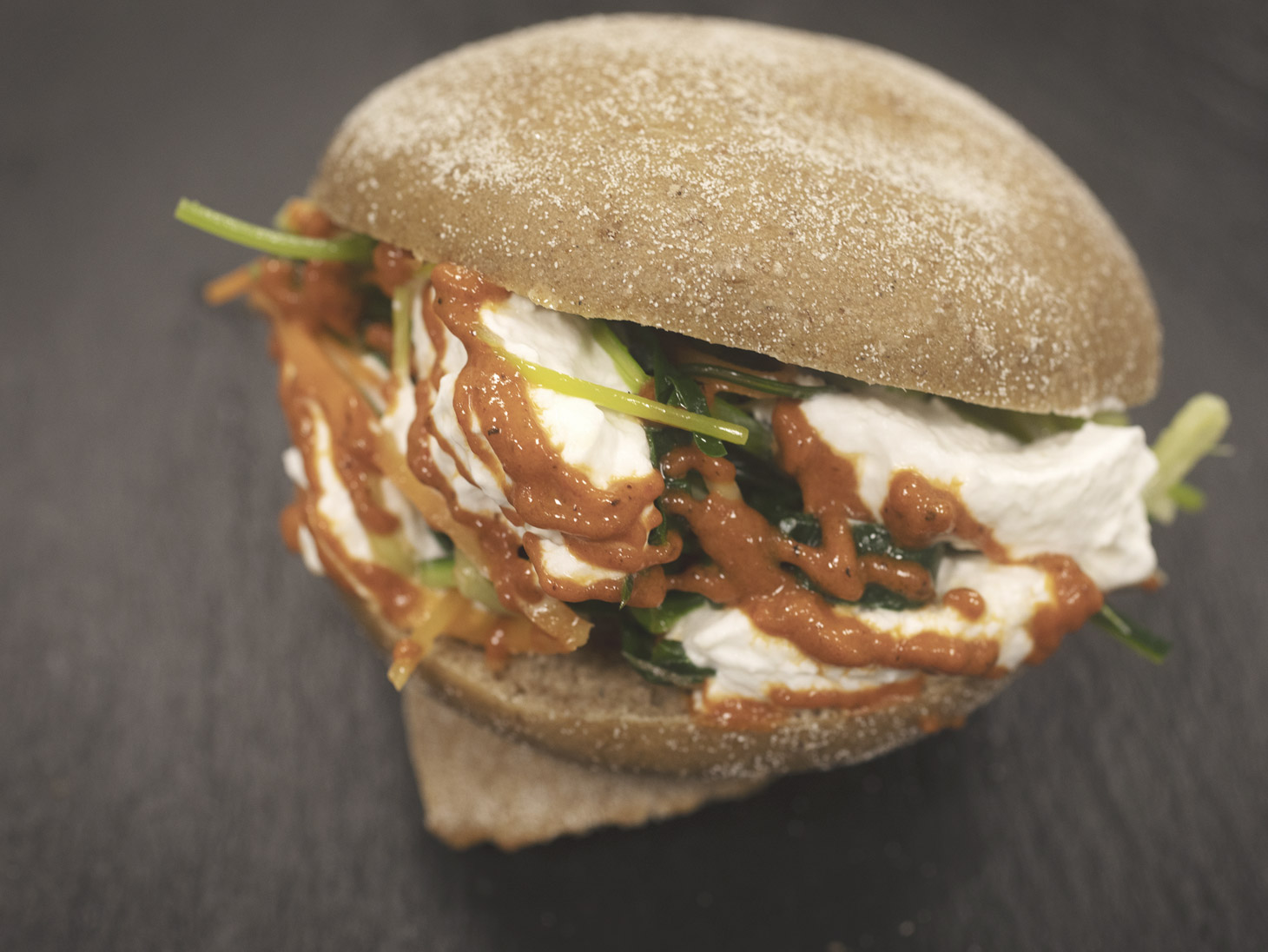
The vegetables (courgettes, carrots, leek, agretti and spinach) were sautéed. Separately, a foam of Artigiana smoked Burrata was created, whipped with a siphon.
The already regenerated Panciotto was cut as a pocket and filled with vegetables, enriched with burrata foam and completed with a pepper cream.
Giulia Bassetto
Marketing Manager




